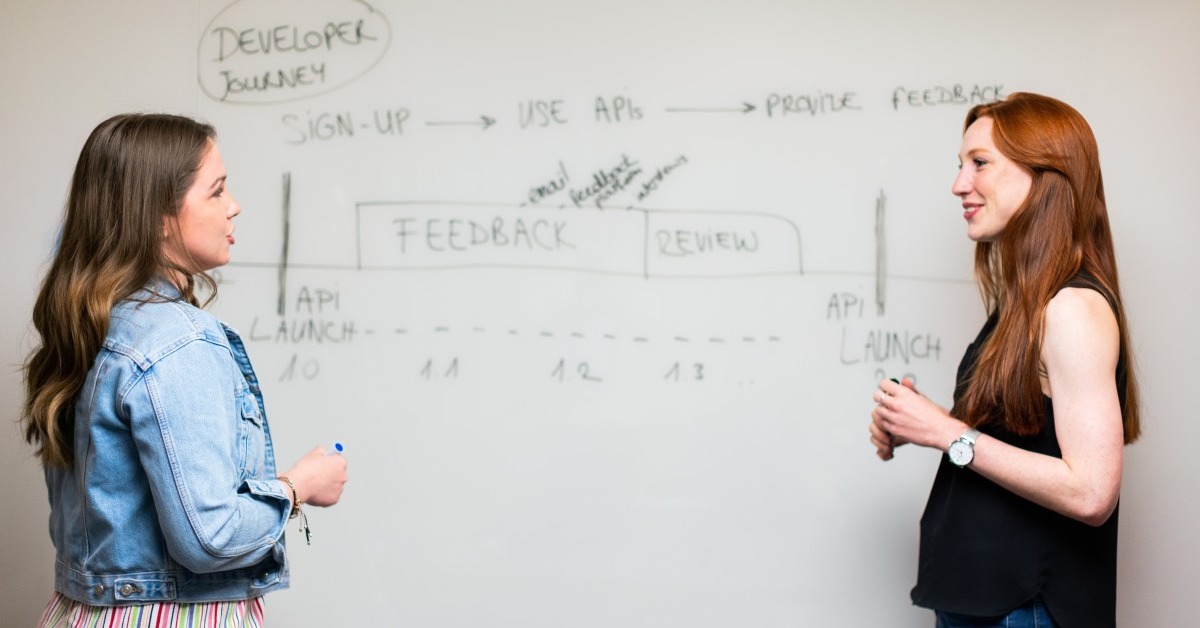
Does It Actually Matter Where I Get My MBA?
An MBA delivers a significant return on investment, not just [...]

Thinking about becoming a teacher? You’ve probably figured out that you’re going to need a teaching certificate from the state you’re interested in teaching in; and that usually means getting a master’s degree as well. The next question aspiring teachers typically ask themselves is: how am I going to pay for it?
More questions quickly follow: If I’m working – perhaps in a school – is there financial aid available? What sorts? Enough to cover my expenses? And will I be able to afford to pay back loans on a junior teacher’s salary?
Here is what you need to know to get started.
Virtually all types of financial aid fall into one of there categories:
Your eligibility for each type of financial aid; how much you might receive; and how much (and when) you have to pay back loans are all factors you have to consider when you are thinking about how to pay for graduate school.
| University and Program Name | Learn More |
|
New York University:
Master of Arts in Teaching
|
|
|
Merrimack College:
Master of Education in Teacher Education
|
As you begin to explore your options, it is important to remember these two rules:
Not surprisingly, some types of financial aid are simply better than others. We listed the three types of financial aid – scholarships/grants, work-study, and loans – in that particular order for a reason: scholarships/grants are better than work-study aid; and work-study money is better than loans.
Scholarships: also called grants, but there is no real difference – is free money. You don’t have to pay it back. (With a few exceptions, like not living up to an obligation to work in a particular area after graduation.) If a college offers you a scholarship (or grant) take it – assuming you want to attend that school. (More on that later.)
Work-study money is pretty simple: colleges have a pot of money (usually from the federal government) that they can make available to students in exchange for some hours worked – typically in a job that is related to the degree you are pursuing. (OK, occasionally it requires working in a school dining room or in the library.) The hours and funds available are usually pretty limited, but work-study can be a reasonably painless way to get spending money while in school. Of course, if you are already working and planning to attend graduate school in the evenings or on weekends, work-study may be a moot point.
And loans, not surprisingly, are just that: you borrow, and you pay back – typically after you graduate. There are lots of different sources of loans – government and private – with many different interest rates and particulars of repayment. More on these options below as well.
Scholarships and grants are really the same thing; the terms are used interchangeably. They usually come from two different sources:
There are really only two types of federal government grants:
University-based grants are generally easier to get and often have fewer eligibility requirements. Grants and scholarships awarded by colleges are a sophisticated form of marketing and discounting. As you have undoubtedly figured out, graduate school can be expensive. Colleges realize that the “sticker shock” of paying for graduate school can deter a person. So, in order to help prospective students “bite the bullet” and make the decision to enroll – at their institution – lots of colleges offer admitted student partial scholarships.
Take the money!
There is nothing sinister about these scholarships/grants. There are no hidden costs or obligations. Colleges offer them in order to attract students – sometimes the “better” students – and to be price-competitive with other schools. Once you have been admitted to several colleges, it is important to compare the financial aid package each is offering you: what combination of grants, work-study, and loans are they offering you? Given each school’s cost, how much will you actually be paying or borrowing?
There isn’t much to say about work-study money for a couple reasons. First, it is usually a tiny portion of any financial aid package: typically not more than 5-10% of the total. The reason is simple: work-study requires time; and graduate students typically don’t have a lot of free time. Colleges realize this. With classes, student teaching, often a full-time job, and perhaps a family, adding in a work-study position at minimum wage (or slightly more) makes little sense.
But technically, work-study can still be part of the financial aid package offered by a college. The jobs themselves can be on-campus or off-campus, and colleges try to find positions consistent with your course of study. But there is no guarantee. So the bottom line is that work-study – with its low pay, time demands, and sometimes menial jobs – is usually not a large building block in a graduate student’s financial aid mix.
There are basically two types of loans: expensive loans and more expensive loans. We are not being cute or facetious. Every loan comes with a cost: the interest rate you will be paying; how you will repay it – a fixed amount monthly or a portion of the income you are earning after graduation ; and over how long a period you will be repaying it. Lenders will actually tell you how much your total repayments will be. Look carefully at each option.
Loans are basically offered by two sources: the government and private banks or lenders. Government loans are not really subsidized for graduate students (as they are for undergraduates) but generally offer slightly lower interest rates than private lenders.
There are two main government loan programs (though really low-income students may be eligible for an additional program, the Federal Perkins Loan Program):
Private loans are issued by more than a dozen banks and lenders. Their interest rates are generally competitive with government loan programs, particularly for the most credit-worthy borrowers. Interest rates are currently in the 6% – 8% range.
The only way to get financial aid – of any sort – is to apply for it. That means you have to do two things:
When you are admitted, you will also receive a financial aid “package” – an offer – from the college. Each college’s package will probably be different. Assess the type of aid each school is offering you – grants vs. work-study vs. loans – and how much of each. Compare the actual total cost of attending each – not just tuition, but any incidental fees or expenses – and how much you will be paying, borrowing, and repaying.
If you feel that one school’s financial aid offer is out of line with other offers you receive, don’t hesitate to call the financial aid office. But be diplomatic about trying to “play off” one school against the other: if you are too aggressive (or obnoxious) in trying to secure a better mix from a particular school, it can backfire! Tell a financial aid counselor how much you want to attend their school, and just need a bit more help to make it happen. Financial aid counselors have the ability to exercise a bit of professional discretion – if they want to.
Good luck!
Questions or feedback? Email editor@noodle.com

An MBA delivers a significant return on investment, not just [...]

In the occupational therapy field, a doctorate can open doors [...]

Even in states where a master's degree isn't required, teachers [...]

Getting an MAT or an MEd in Elementary Ed can [...]

From financial services to manufacturing, industries across the board need [...]
Categorized as: Teaching, Education & Teaching